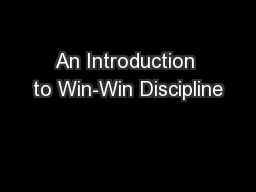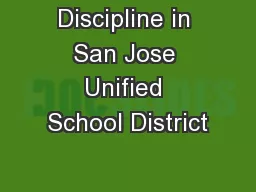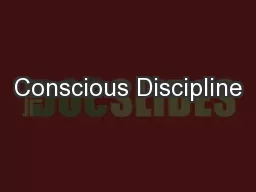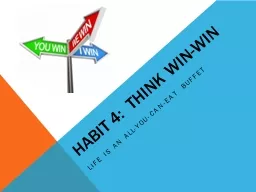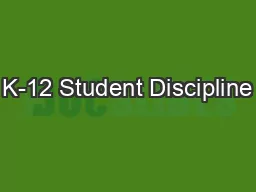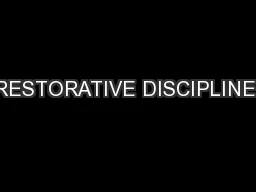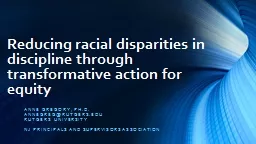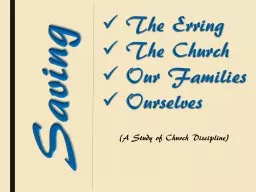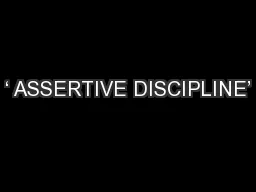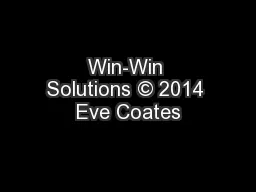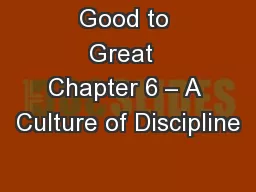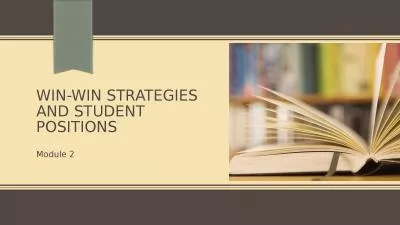PPT-An Introduction to Win-Win Discipline
Author : pamella-moone | Published Date : 2018-11-02
Jeremy Centeno 20142015 Signals Quiet Signal Slow Down Confused Management Mat Raise One Hand Raise Two Hands Clap Break It Down Agenda Management Signals Agenda
Presentation Embed Code
Download Presentation
Download Presentation The PPT/PDF document "An Introduction to Win-Win Discipline" is the property of its rightful owner. Permission is granted to download and print the materials on this website for personal, non-commercial use only, and to display it on your personal computer provided you do not modify the materials and that you retain all copyright notices contained in the materials. By downloading content from our website, you accept the terms of this agreement.
An Introduction to Win-Win Discipline: Transcript
Download Rules Of Document
"An Introduction to Win-Win Discipline"The content belongs to its owner. You may download and print it for personal use, without modification, and keep all copyright notices. By downloading, you agree to these terms.
Related Documents

